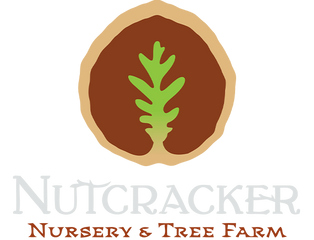Black Locust, Robinia Pseudoacacia
Shipping calculated at checkout
433 in stock
Need more? Contact us
Tree native to Ontario, eastern and south-central United States. The tree can reach considerable sizes of more than 40 meters in the south of its distribution area but in our latitudes, it should reach around 25 meters high with a trunk of 60 to 90 cm in diameter. It has a relatively oval shape and grows mainly in height. the tree generally propagates by suckering although we have seen seedlings taking place easily following mixing of the earth under seed-filled trees. The black locust tree is ideal for ornamentation in large spaces with its compound leaves and white flowers in spring. Its foliage is very dense when at its full potential. When it is large enough, its bark becomes deeply cracked, gray-brown in color and gives it a decorative appearance. The young stems have very sharp thorns which can be a disadvantage but subsequently become limp. The fruits are shaped like brownish pendulous pods. The very traceable, superficial roots sometimes produce numerous shoots. The white flowers, in hanging clusters, very fragrant, appear at the beginning of summer and are very decorative and showy. It needs full light to grow well and deep, moist soil.
It has a potential to invade vacant spaces if it escapes from cultivation. We find it more and more, here and there, escaped from culture in southern Quebec. Robinia is an important honey plant in the eastern United States. Robinia is often planted along streets and in parks around the world, particularly in large cities because it tolerates pollution well. The species is not suitable for small plots due to its large size and rapid growth. Its wood is pale yellowish brown, very heavy, hard, strong, fine-grained and very resistant to contact with the ground (does not rot easily).



